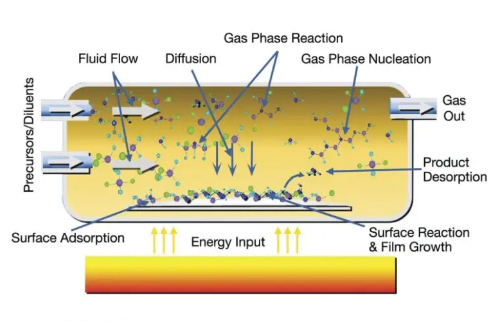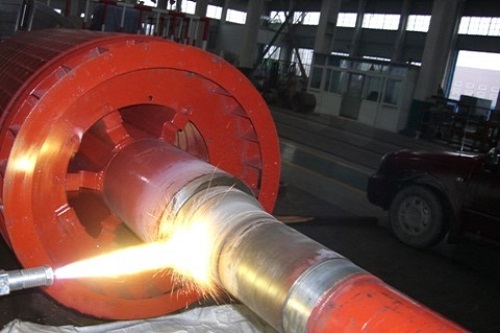What Is Zirconium Used For? Nuclear And More
Zirconium's atomic number is 40, with the element symbol Zr. Zirconium element has an appearance of silvery metal, and the density is 6.52 g/cm3. Zr has a very small neutron adsorption cross-section and a relatively high melting point (1855 °C or 3371 °F), making zirconium a great material for nuclear power rods. In the 1990s, about 90% of zirconium produced every year was consumed by the nuclear industry. However, as more and more people get familiar with Zr and its compound, more applications have been found.
Zirconium dioxide, or zirconia, is a very important zirconium compound. ZrO2 can be raw materials for technical ceramics, which has great hardness and wear resistance. Zirconia can be also in the form of transparent crystal and it is extremely hard, like diamonds. Thus, zirconium elements can be also found in Jewries, such as zirconium rings and zirconium crowns, etc.
Zirconium metal and Zirconium alloys have advantages in specialized chemical environments - primarily acetic and hydrochloric acids. The corrosion resistance of Zirconium comes from a tightly adhered oxide that forms almost instantaneously. As a result, zirconium has been used to make electrode components, flange bolts, tubes, and rods for special applications. Zirconium products also have wide applications in medical equipment, such as zirconium implants.
Zirconium-based materials have also been found to have some special properties. Zirconium has been used to make high-temperature superconductive materials and Zr crystal bars are often used as the raw material. Zirconium alloys are also considered to be promising materials for commercial amorphous metal, also called metallic glass. Compared with common metal materials, amorphous metal has no grain boundaries, leading to better wear resistance and hardness. What is more, amorphous metals have no grain boundary corrosion and could be heat-formed. To make the amorphous state, the melted alloys need to be cooled down fast. Usually, the speed needs to be millions of K/s, the recently developed Zr-based alloys could make it to be about 1K/s.
Zirconium demand is forecast to increase in the coming years due to the demand for nuclear power plants worldwide. However, only a few large companies possess the technology needed to make nuclear-level zirconium materials, and the huge investment hinders the entry of new players. Although the nuclear industry still consumes a large part of zirconium produced every year, applications in other fields, such as ceramics, have been developed quickly in recent decades.




